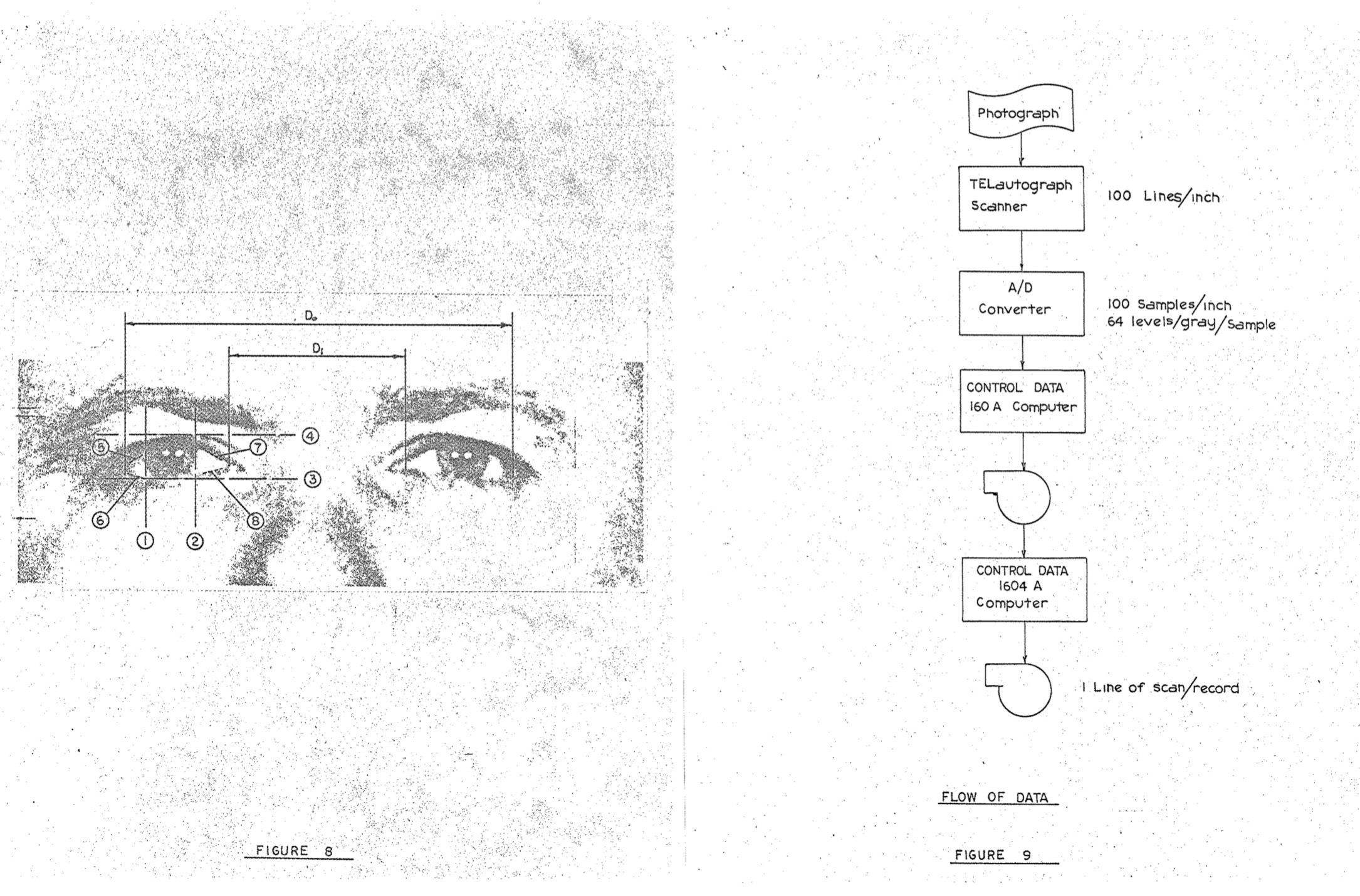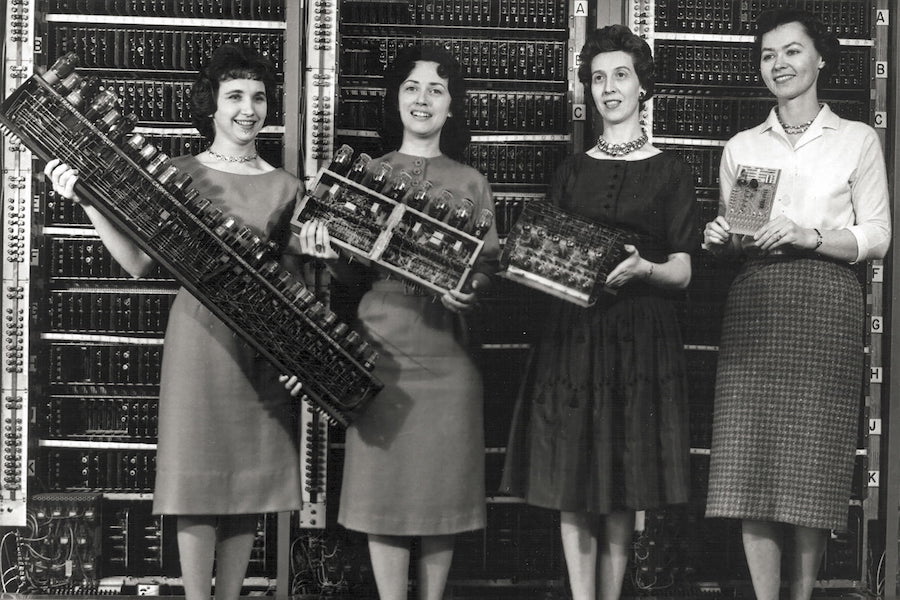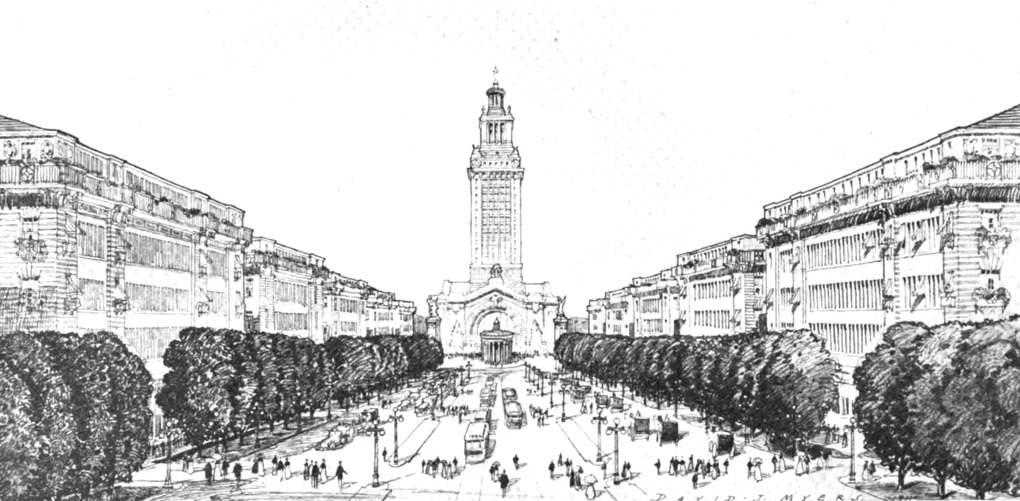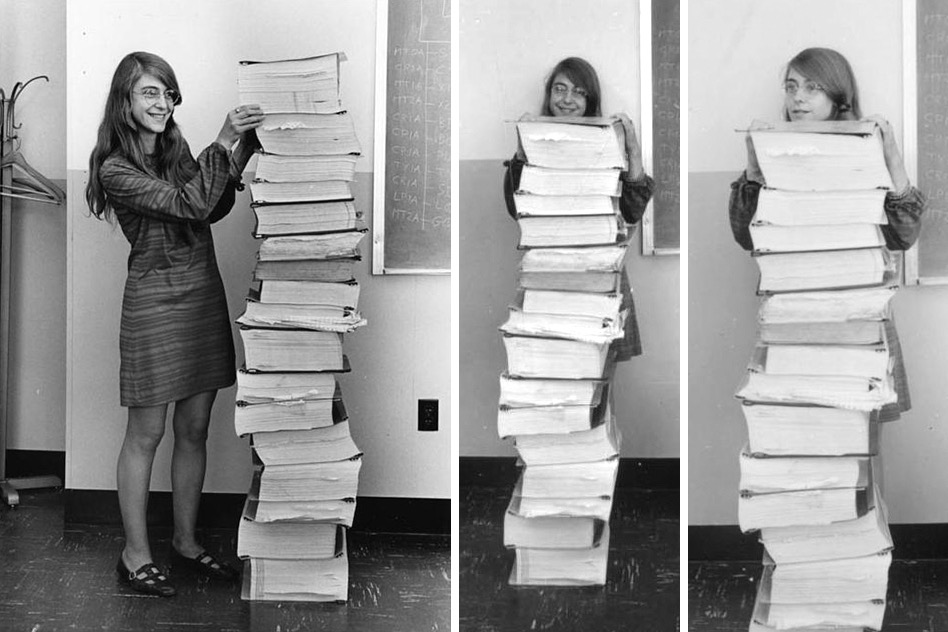Course Project
(We might change this project slightly, but probably not.)
Conversations analyzing computer systems and data-driven technologies often occur in academic articles, blogs, Medium, and on Twitter. Becoming a citizen of the “society of tech” involves participating in this discourse critically and staying informed. This class project asks you to research a specific technology, idea, or system and attempt to analyze, criticize, and re-imagine it.
Your work as a computer scientist mainly focuses on building or technically analyzing software and computer systems. In this project, and throughout the class, you will consider such systems within the context of larger political and social questions. As such, much of your work will be to analyze how technical decisions can have broad, rippling effects.
The project is divided in three parts:

Part one: Technical analysis
Turn in to Canvas by Friday May 1 at 10 pm
The first part of analyzing a sociotechnical system is to understand and explain it. A computer science education provides you a unique technical background to understand such systems, but also poses difficulties in reaching a non-technical audience.
In this assignment, we ask you to:
- Select a research subject. If you’re stuck, consider the list of areas below.
- Then, research it, keeping track of your sources along the way.
- Go beyond the suggested articles. Identify related research papers, technical journal articles, textbooks, and blog posts.
- In approximately one page, explain to a general audience how your chosen system works.
- You may assume the audience is college educated, but be sure to carefully explain any jargon. Feel free to include diagrams if they help your explanation.
- Consider questions such as:
- What’s the conceptual or theoretical background on which this technology or system is based?
- What data does the system require as inputs? What are its outputs?
- (if it’s a cyber-physical system) How does it interact with the physical world?
- What types of sensors does it use? What are their limitations?
- What algorithms does it use? How does it work?
- What is the current state of the art of this technology? What are its current limitations?
- Looking ahead to the next assignment, you may find it useful to consider the historical arcs that produced this technology.
- For example, one cannot consider early American analog and electronic computers without also considering their role in the Manhattan Project.
Submissions must be:
- Produced individually;
- 1-2 pages in length (about 600 words and up to 1000 words);
- Turn in to Canvas by Friday May 1 at 10 pm
- And contain five citations (as embedded links in the text or in a bibliography).

Part two: Historical analysis
Turn in to Canvas by Friday May 15 at 10 pm
In the second part of the course project, we ask you to:
- Use the same research subject as from part one.
- Then, using your research, articulate a sequence of events that brought it into existence in its current form.
- When doing so, consider:
- What are the technical and social components of the system? How do they relate? How have they changed over time?
- Who are the stakeholders of the system? Think about its designers, funders, beneficiaries and benefactors.
- What stories do the articles tell to justify its existence? Do these narratives accurately describe it?
- Do they employ metaphors which are deceptive or confusing?
- What are possible blind-spots? What people might be overlooked in the development of these systems?
- Are there moral positions not accounted for in the discussions you’ve observed?
Submissions must be:
- Produced individually;
- 1-2 pages in length (about 600 words and up to 1000 words);
- Turned in to Canvas by Friday May 15 at 10 pm;
- And contain five citations (as embedded links in the text or in a bibliography).

Part three: Synthesis
Turn in to Canvas by Friday June 5 at 10 pm
There is no document of civilization which is not at the same time a document of barbarism. And just as such a document is not free of barbarism, barbarism taints also the manner in which it was transmitted from one owner to another. A historical materialist therefore dissociates himself [sic] from it as far as possible. He regards it as his task to brush history against the grain.
—Walter Benjamin in Theses on the Philosophy of History
The final part of the project, “Brushing history against the grain,” asks you to synthesize what we’ve learned in the course with your own perspective. Part three should include both parts one and parts two. Combined, they’re meant to read as one big paper, but you don’t need to focus too much on editing. Remember to keep your audience in mind!
We encourage, but do not require, diagrams and data visualizations. If you would like to propose an alternative format, let us know early by submitting a one page proposal for your concept.
If, in parts one and two, you already offered an argument about your topic and have 1400 to 2200 words, consider focusing more on editing. That is to say, you don’t need to write a distinct part three.
In the third part of the course project, we ask you to:
- Expand on your chosen topic: challenge or invite closer attention to its underlying assumptions and motives.
- How should things be different?
- Motivate your argument based on some of the strategies discussed in the “Constructing a Political Argument” day.
- Consider including Critical Perspectives concepts from the reading, class, and your own research.
- Literally copy your responses for part one and part two into the text of part three.
- Expect to write about an additional 400-600 words (e.g. part three should not be more work than the other parts).
Your might challenge or invite closer attention to your topic by:
- Re-imagining or speculating on design (as we saw with “Dynamicland”);
- Questioning underlying presumptions or methodologies (such as “Do algorithms reveal sexual orientation or just expose our stereotypes” or “Physiognomy’s New Clothes”);
- Proposing technical or policy changes concerning the design, deployment, etc. of a sociotechnical system (such as “On the Triple Revolution”);
- Illuminating a system-level presentation of a sociotechnical system (such as “Anatomy of an AI system”);
- Or providing an overview of a specific technical issue and opinion (such as “Big data’s end run around procedural privacy protections”).
Submissions must be:
- Produced Individually;
- 4-6 pages in length (about 1400 words and up to 2200 words—including parts one and two);
- Turned in to Canvas by Friday June 5 at 10 pm;
- And contain ten citations (as embedded links in the text or in bibliography).

Guidance
For the course project, select a specific subject related to issues concerning a technology, idea, or sociotechnical system. Below we list a number of areas from which to choose that subject. You may also propose a subject outside of these areas. Use the accompanying references to jump-start your research and get a feel for discussions surrounding the issue.
The project is small in scope so be sure to be specific with what you choose. For example, facial recognition would not be an appropriate focus—it’s too broad. Instead, you could select one aspect of facial recognition technology such as automated gender recognition as Os Keyes does in “The Misgendering Machine.” Alternatively, you might investigate the use of facial recognition in a specific social context such as in public housing.
Contact the instructor if you’re wondering whether the subject of your project is appropriately scoped.
Here are some example articles to consider molding yours after:
Delivery Robots and Labor
-
Consider services such as Starship robotics or Amazon Prime Air.
-
“Is this time different? The opportunities and challenges of artificial intelligence”
Autonomous Vehicles and Accountability
-
“When your self-driving car crashes, you could still be the one who gets sued”
-
“Machines Without Principals: Liability Rules and Artificial Intelligence”
Facial Recognition
Computational Photography and Synthesis
Platforms and Content Moderation
-
See Platforms unit
-
“Rethinking the Public Sphere: A Contribution to the Critique of Actually Existing Democracy”
-
“Big Other: Surveillance Capitalism and the Prospects of an Information Civilization”
-
“The New Governors: The People, Rules, and Processes Governing Online Speech”
Synthesized misinformation (and Deepfakes)
Data collection and “ghost workers”